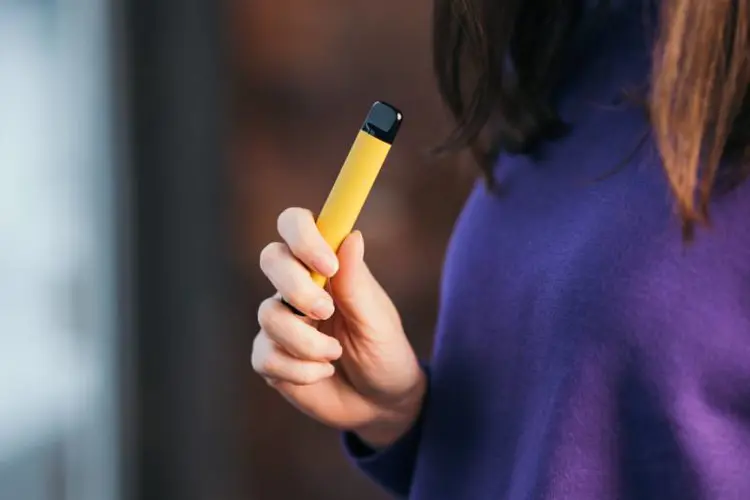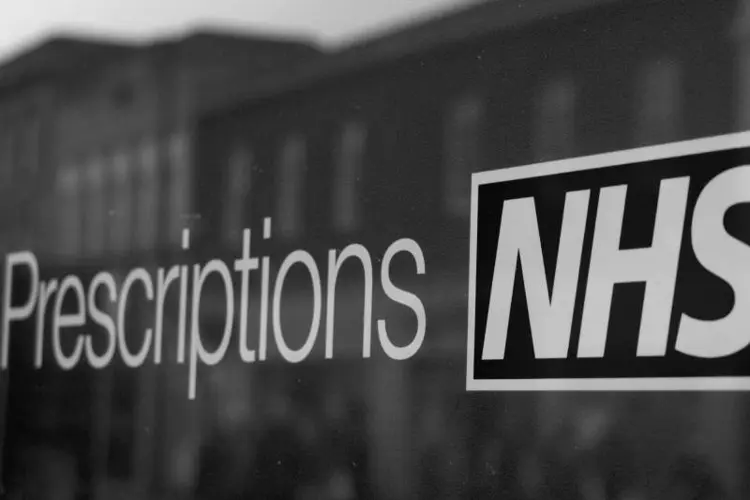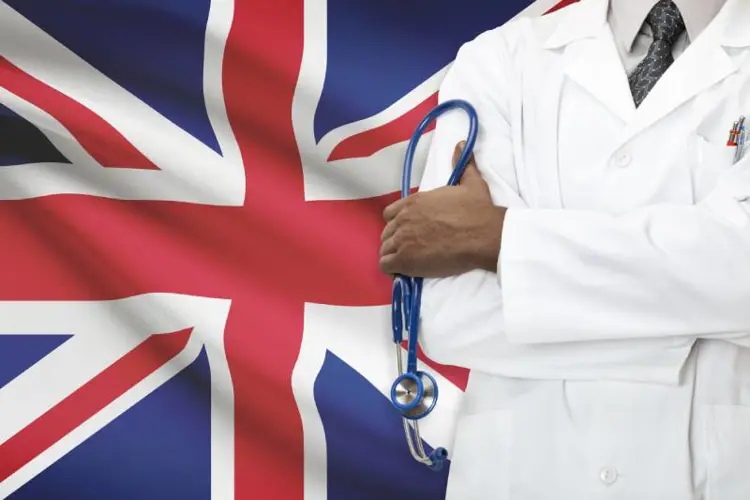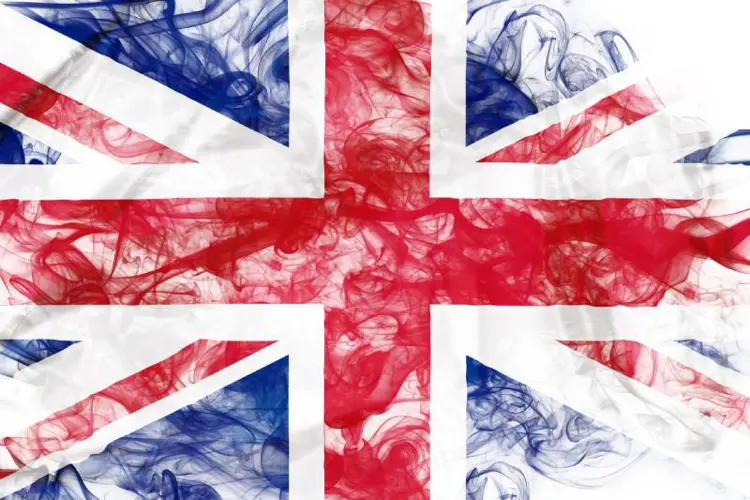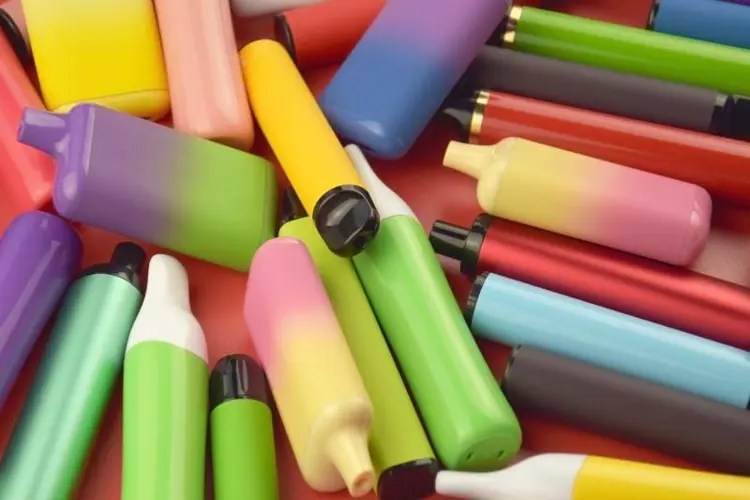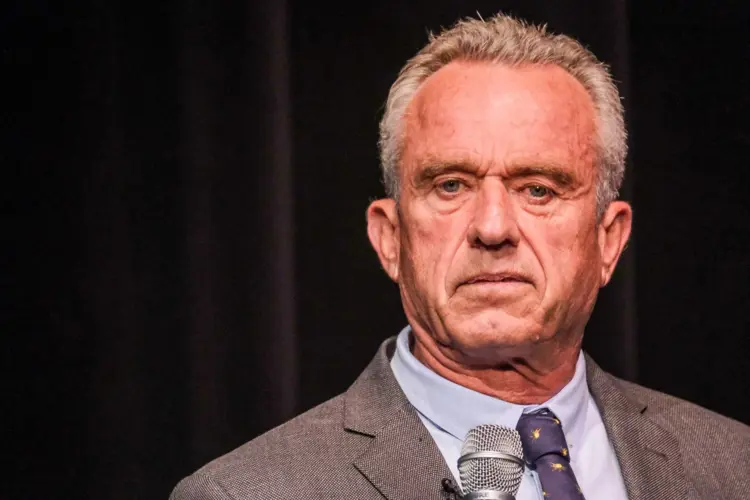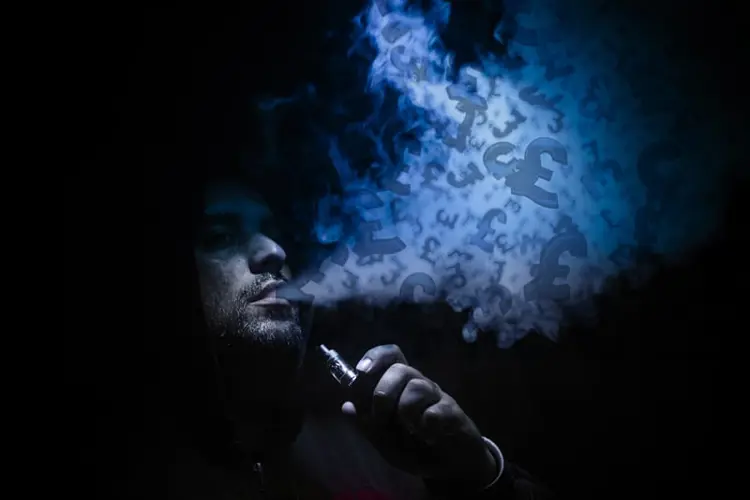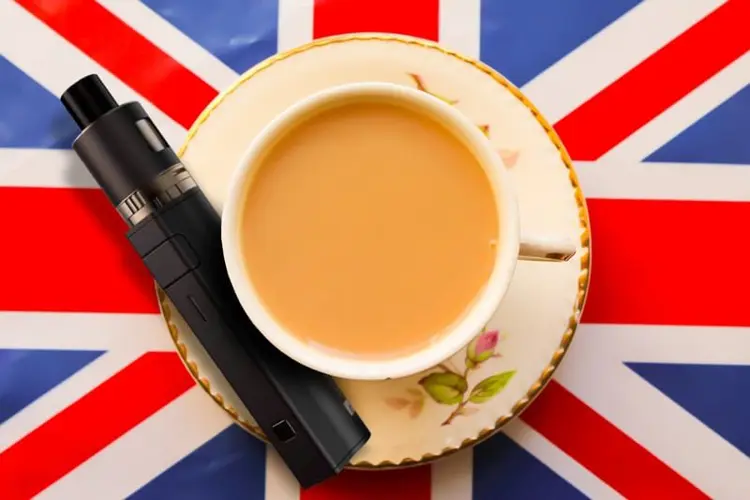Following the recent announcement that the UK’s National Health Service (NHS) will subsidize the cost of e-cigarettes prescribed by doctors, some companies are moving to submit products for approval. They must be licensed for medical use through the UK’s Medicines and Healthcare products Regulatory Agency (MHRA).
The Financial Times reports that likely applicants include American vaping industry pioneer NJOY, British companies DSL Group (owner of Multivape) and Superdragon, and Irish firm Yatzz Limited. The paper quotes a regulatory compliance expert’s estimate that approval would likely cost £3-5 million (about $4-6.6 million U.S.).
NJOY, which owns about four percent of the U.S. convenience store/gas station vaping market, sees medical approval as an opportunity to expand its UK footprint. The Financial Times says the company is “far on in the development of its application.” It isn’t known if NJOY will submit a new product or an existing device like the NJOY Ace.
Because the MHRA hasn’t specified a nicotine strength limit for medical vaping products, manufacturers applying for approval could use high-strength nicotine salt products. Consumer vaping products in the UK are limited to a nicotine strength of 20 mg/mL.
None of the major tobacco companies that sell vaping products in the UK appear to be pursuing medical licensing, which is strange considering they likely already have the testing data and consistent manufacturing standards necessary to get approval. British American Tobacco (owner of Vuse), Imperial Brands (Blu), and Japan Tobacco International (Logic) either refused to comment or made non-committal statements when asked by the Financial Times about their plans.
In October, BAT’s Vuse Solo became the first (and only) vaping product authorized for U.S. sale by the FDA. (It was authorized as a tobacco product, not approved as a medical cessation product.)
To be eligible for UK medical licensing, manufacturers must submit clinical testing data to the MHRA showing the quality and consistency of their products. MHRA’s stringent e-cigarette licensing standards are based on drug approval standards.
“To ensure efficacy,” the MHRA guidelines say, “plasma nicotine concentrations of the applicant’s product should not be substantially less than for established nicotine replacement therapy (NRT) products. To ensure safety, plasma nicotine concentrations of the applicant’s product should not be more than for a tobacco cigarette.” The agency specifically suggests comparing e-cigarette candidates to the Nicorette 15 mg Inhalator (an NRT product not approved for sale in the U.S.).
While the MHRA doesn’t specifically rule out the possibility of approving refillable, open-system vaping products, the requirements for consistent content, power output and nicotine/vapor delivery probably eliminate the possibility of any product other than sealed pod- or cartridge-based vapes earning the agency’s blessing.
With an open-system product, the MHRA says each segment of the complete device (including battery, atomizer, and e-liquid) would have to be evaluated separately and while attached—including the interaction between the coil and the battery. It simply wouldn’t be cost-effective to seek medical approval for endlessly variable products like open-system mods and tanks.
The Freemax REXA PRO and REXA SMART are highly advanced pod vapes, offering seemingly endless features, beautiful touchscreens, and new DUOMAX pods.
The OXVA XLIM Pro 2 DNA is powered by a custom-made Evolv DNA chipset, offering a Replay function and dry hit protection. Read our review to find out more.
The SKE Bar is a 2 mL replaceable pod vape with a 500 mAh battery, a 1.2-ohm mesh coil, and 35 flavors to choose from in 2% nicotine.
Because of declining cigarette sales, state governments in the U.S. and countries around the world are looking to vapor products as a new source of tax revenue.
The legal age to buy e-cigarettes and other vaping products varies around the world. The United States recently changed the legal minimum sales age to 21.
A list of vaping product flavor bans and online sales bans in the United States, and sales and possession bans in other countries.







